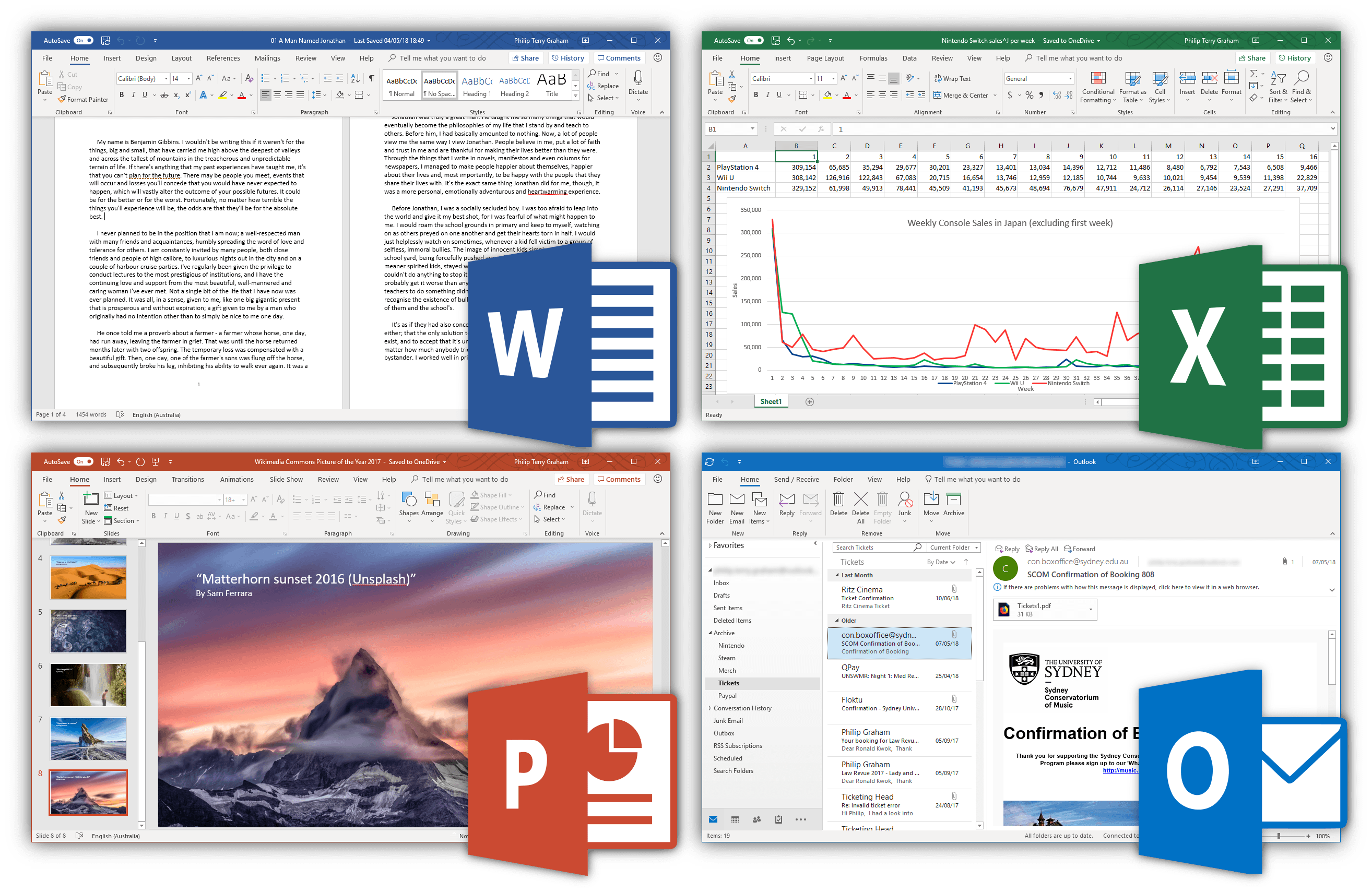- Microsoft Office For Mac License
- Microsoft Office Licensing For Citrix
- Microsoft Office For Mac 2011 License
- Microsoft Office Lifetime License For Mac
- Buy Microsoft Office For Mac
Microsoft Office For Mac License
For example, if you're licensed for Microsoft Office Professional Plus 2019 through Volume Licensing, you can use Microsoft Office Professional Plus 2016 instead. But you may not downgrade to Microsoft Office Standard Edition 2016 because it is a different product and not considered a prior version of Microsoft Office Professional Plus 2019. To complete any of the steps below, you'll need the email address and password associated with your active and licensed Microsoft 365 subscription or your one-time. Microsoft offers Office 365 as a packaged application containing Word, Excel, PowerPoint, Outlook, OneNote and OneDrive. You can go to the Mac App Store and download individual apps you like to use. You have one month trial period to test the apps and then need to upgrade to yearly subscription mode. Product Information The Microsoft Office 365 Personal is a software that can be installed on Windows and Mac systems. It includes applications such as Excel, Word, PowerPoint, Outlook, and OneNote. This software can be installed on one Mac or PC and one tablet. If so, and if you have purchased Microsoft 365 subscription, you can install and activate Office on up to 5 devices, so if you just downloaded and activate Office in your old Mac, you don’t need to transfer your license, you can go to www.office.com and sign in with your Microsoft 365 account, then you can download the Office package.
Applies to:Office for Mac, Office 2019 for Mac
To use Office for Mac in your organization, it needs to be activated. How you activate Office for Mac depends on whether your organization has an Office 365 (or Microsoft 365) plan or has a volume license agreement. But in both cases your users won't have to enter any product keys.
Note

If you're an Office user trying to activate a personal copy of Office for Mac, follow these instructions instead of reading this article.
Activate Office 365 versions of Office for Mac
If your organization has an Office 365 (or Microsoft 365) plan, make sure you assign each user a license for Office before you deploy Office for Mac to your users. If you don't assign a user a license, you can still deploy Office for Mac to that user, but the user won't be able to activate and use Office.
For Office 365 (and Microsoft 365) customers, Office for Mac activates by contacting the Office Licensing Service on the internet. The Office Licensing Service keeps track of which users are licensed and how many computers they've installed Office on.
After you deploy Office for Mac, your users are prompted to activate Office the first time they use it. Make sure users are connected to the internet when they activate Office.
On the Sign in to Activate Office screen, users should select Sign In, and then enter their email address and password. After they sign in, users may see an alert asking for permission to access the Microsoft identity stored in their keychain. They should select Allow or Always Allow to continue.
While you can deploy Office for Mac for your users, your users need to sign in and activate Office for Mac for themselves. That's to ensure that the Office Licensing Service properly associates Office for Mac with the correct licensed user.
A program on the Mac, the Office365ServiceV2 daemon, runs once a day to check the user's subscription status. The computer must be connected to the internet to contact the Office Licensing Service. If the computer can't contact the Office Licensing Service after nine days, the user sees a warning message when working in an app.


If the computer can't contact the Office Licensing Service after 30 days, Office goes into reduced functionality mode. This means that the user can open, view, and print existing documents in an Office app, but can't create or edit documents. The user also sees a message in the app that most features aren't available. After the user connects to the internet and the subscription status is verified, all the features of Office are available again.
For each user that you've assigned a license to, you can deploy and activate Office for Mac on up to five Macs for the user. If you need to provide Office for Mac on a sixth computer for a user, you need to deactivate an existing installation first. Deactivating an installation doesn't remove Office for Mac from the computer. Instead, the installation goes into reduced functionality mode.
Users can sign into the Office 365 portal to deactivate an existing installation by going to My account > Install status > Manage installs. Or, you can deactivate an installation as an Office 365 administrator. Sign into the Office 365 portal, go to the admin center, and then go to Users > Active Users. Select the user, and then choose Edit for the Office installs property of the user.
Activate volume licensed versions of Office for Mac
Microsoft Office Licensing For Citrix

Microsoft Office For Mac 2011 License
To activate a volume licensed version of Office 2019 for Mac, use the Volume License (VL) Serializer. You can download the VL Serializer by signing into the Volume Licensing Service Center (VLSC). You run the VL Serializer on each computer. By doing this, your users won't see any activation prompts when they first open Office 2019 for Mac.
Microsoft Office Lifetime License For Mac
For more information, see Overview of the Volume License (VL) Serializer.
Buy Microsoft Office For Mac
Related articles
